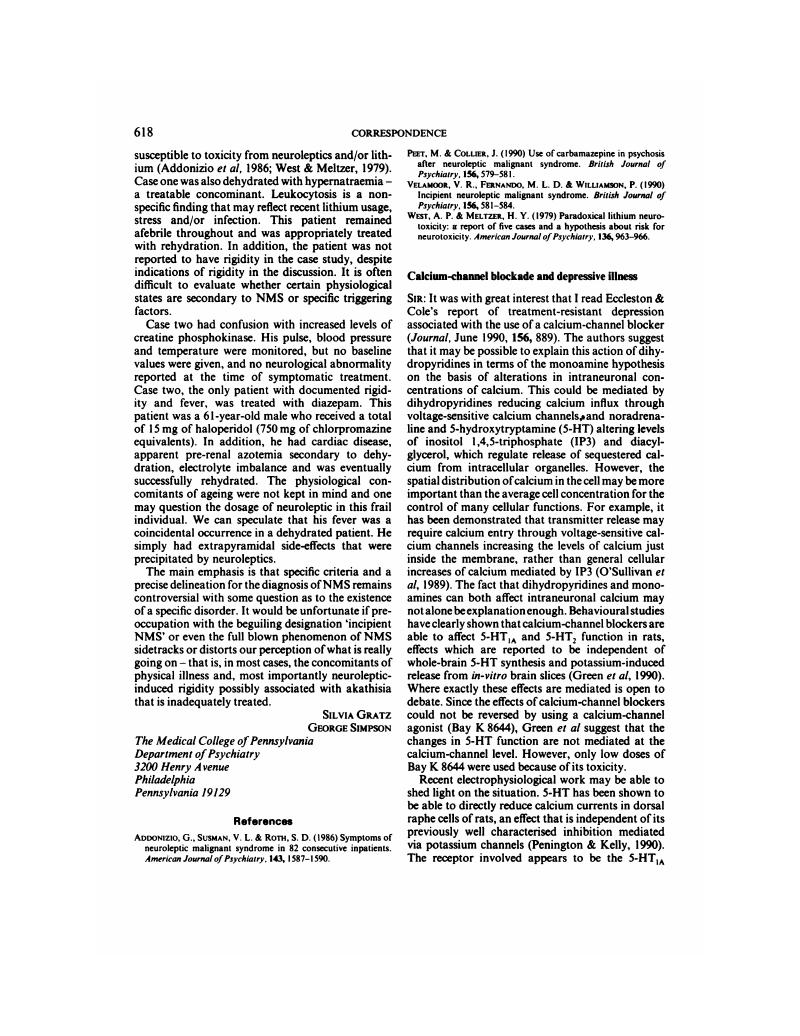Crossref Citations
This article has been cited by the following publications. This list is generated based on data provided by Crossref.
Sinclair, Lindsey I
Dineen, Peter T
and
Malizia, Andrea L
2010.
Modulation of ion channels in clinical psychopharmacology: adults and younger people.
Expert Review of Clinical Pharmacology,
Vol. 3,
Issue. 3,
p.
397.






eLetters
No eLetters have been published for this article.